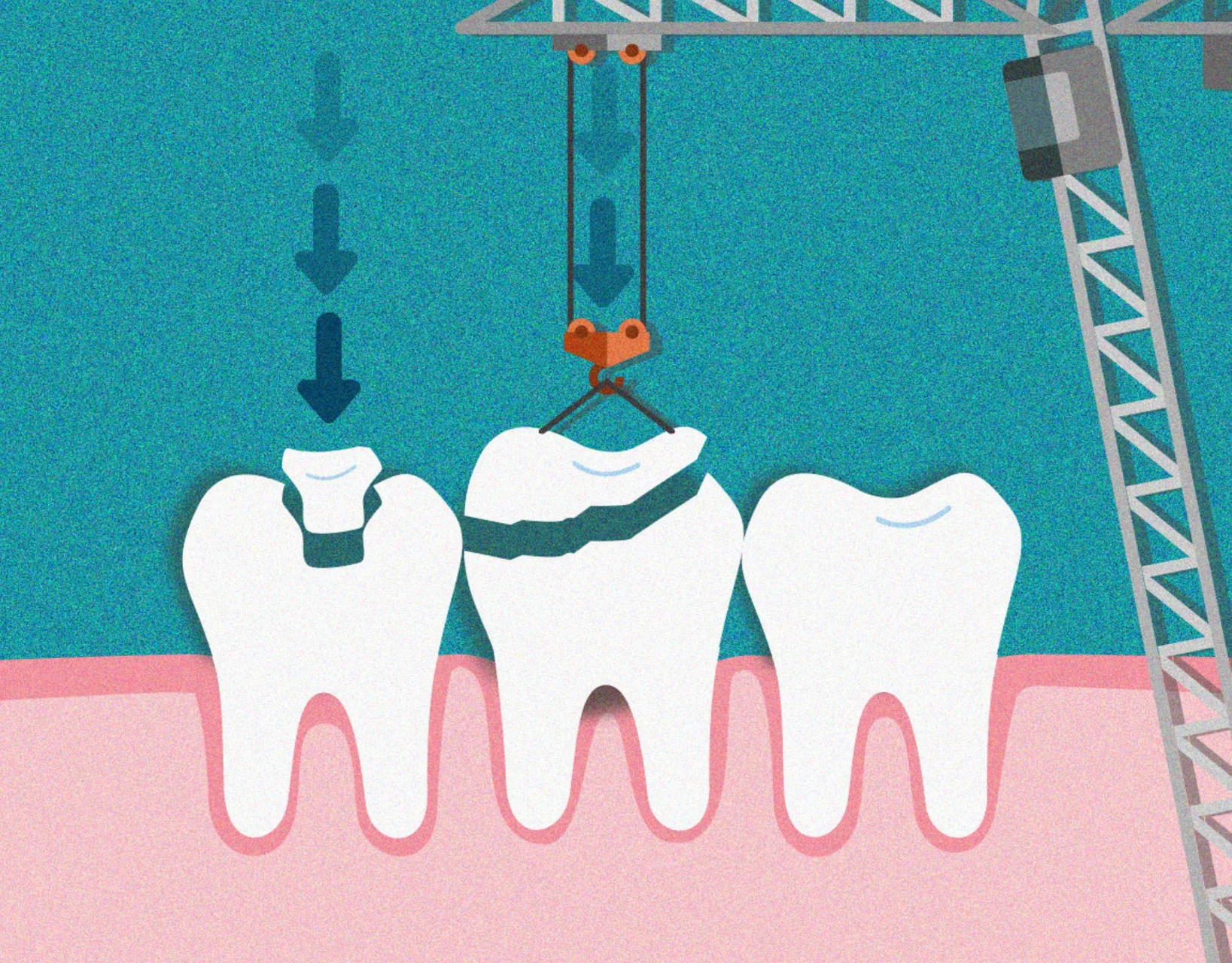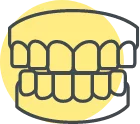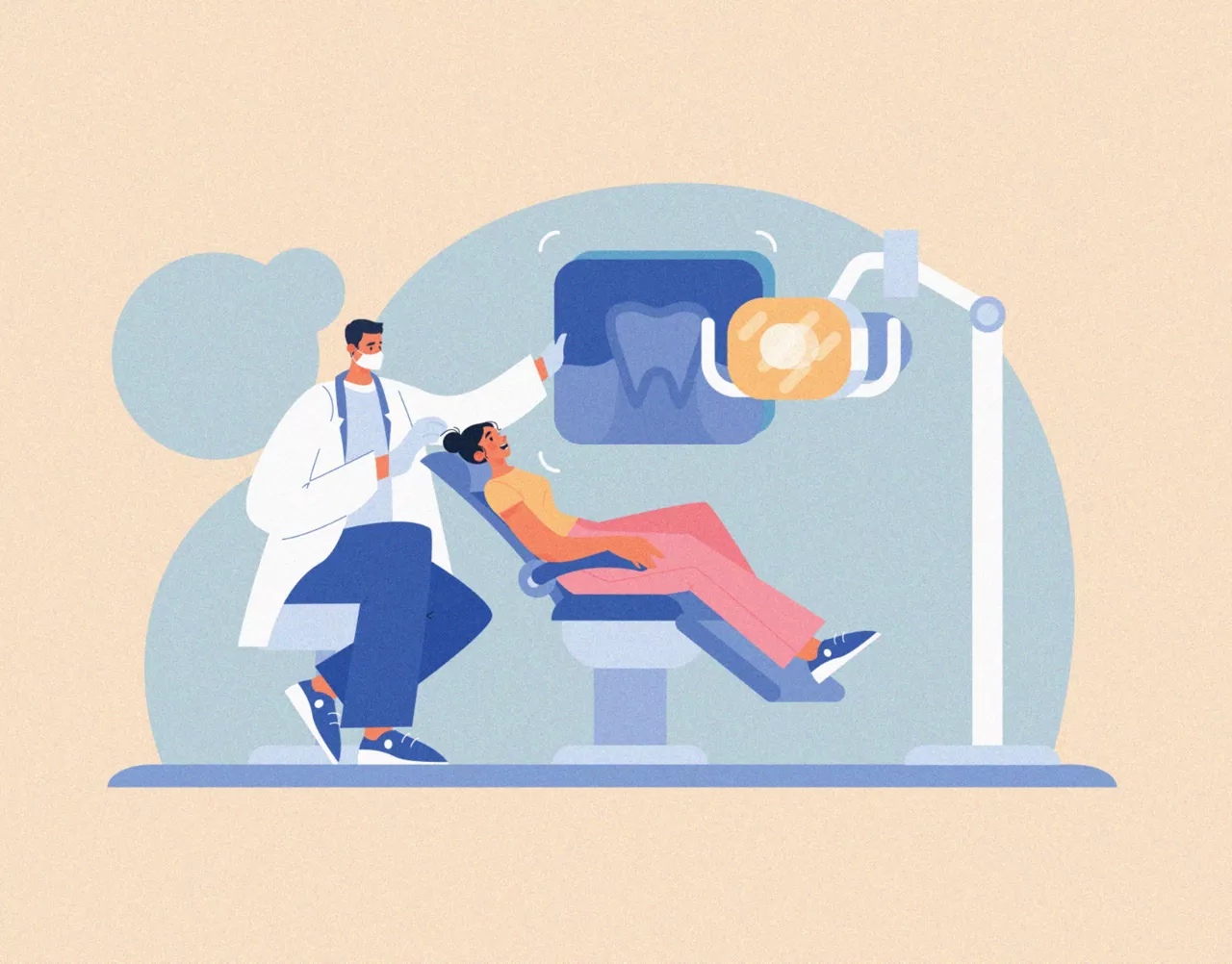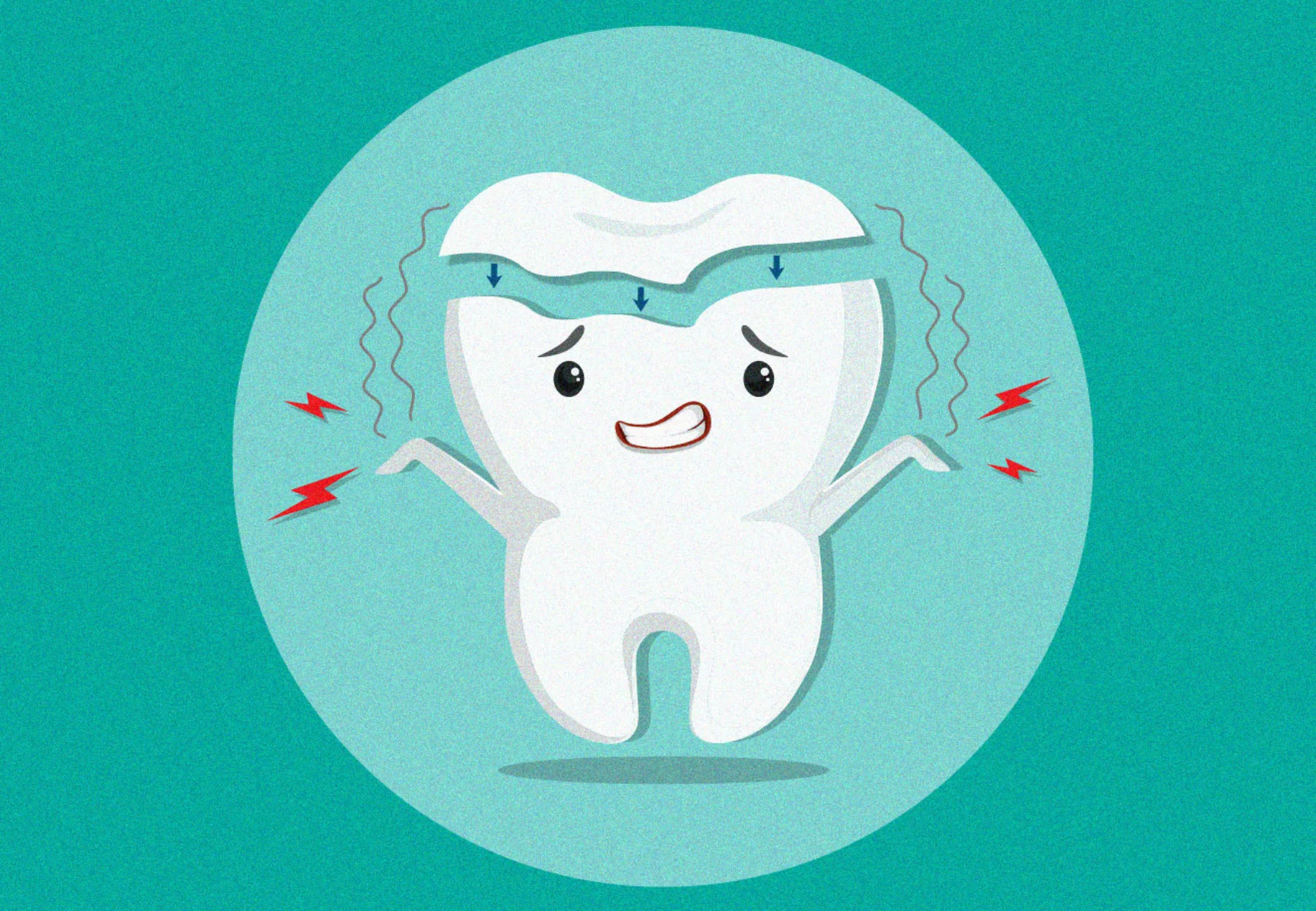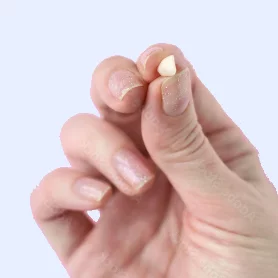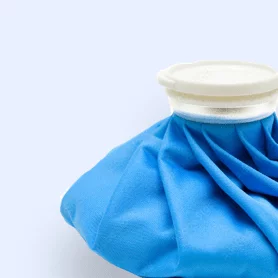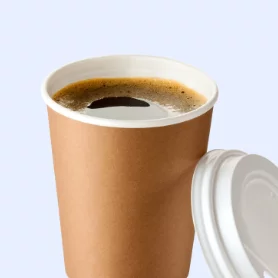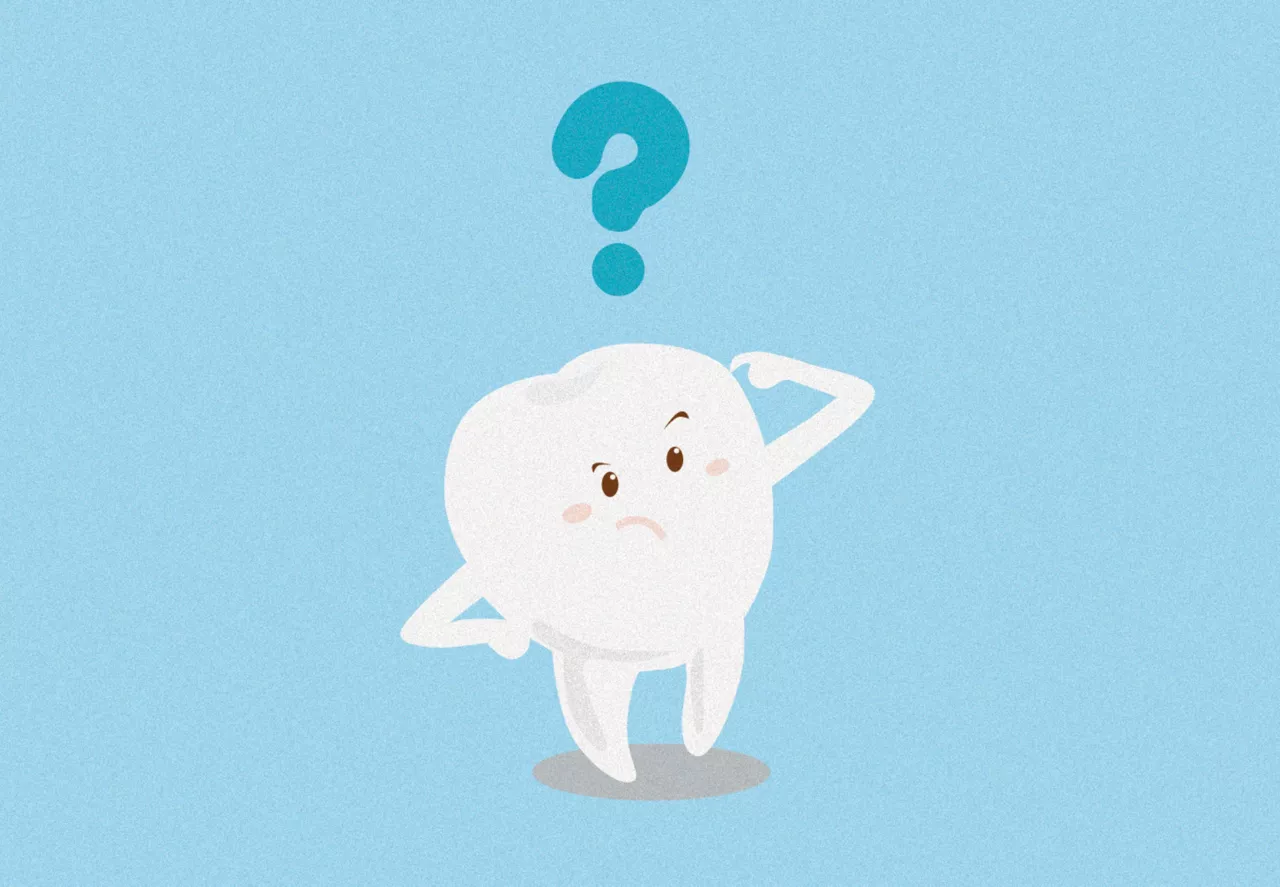How can we help?
The Benefits of Inlays and Onlays
Discover the benefits of inlays and onlays: preserving natural tooth structure, providing exceptional durability, and enhancing your smile.

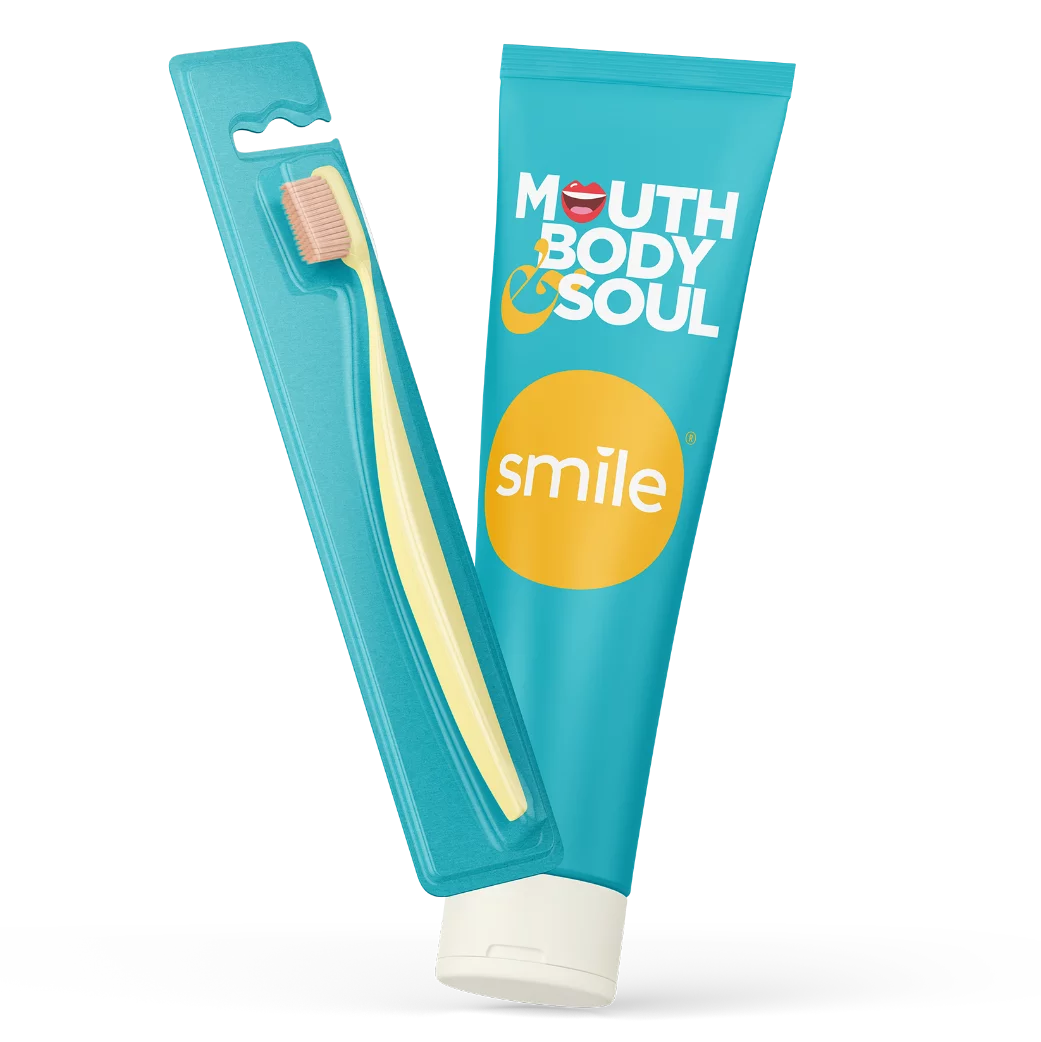

Book an Appointment Today
If you’re looking for dental restorations to repair damaged teeth, talk with a Smile Generation-trusted dentist today.
Got questions?
If you have questions about dental cleaning, we saved you the trouble and provided answers to commonly asked questions. Find your answers just a click away.
Dental inlays are fillings. It is the part that fits inside the tooth's pit and fissures. The main difference between the inlay and onlay is that it does not cover the tooth's cusps. A dental onlay is a partial crown covering at least one or all of the tooth's cusps. You can think of inlays and onlays as such: Both repair the tooth's surface that is meant for chewing, but each is responsible for covering a different part of that surface. For example, the inlay covers the pits and fissures between cusps while onlays cover the cusps themselves. Also, onlays are usually more expensive than an inlay because they cover more area. Learn more in our blog article, "Dental Inlays and Onlays: Restorative Dentistry."
Learn more in our blog article, "Why Poor Oral Health Can Affect Your Ability to Learn."
Getting a dental inlay or onlay is like getting a regular filling. However, the dental inlay/onlay procedure can take one (1) or two (2) visits.
Inlays and onlays are generally charged based on the number of tooth surfaces they involve, plus a lab fee, as well as the type of material used.
Related Posts
Related Posts
Sources
Inlays and Onlays: American College of prosthodontists (no date) GoToAPro. Available at: https://www.gotoapro.org/inlays-onlays/ (Accessed: 30 October 2023).
When a dental inlay is your best option - colgate (no date) When a Dental Inlay Is Your Best Option. Available at: https://www.colgate.com/en-us/oral-health/fillings/when-a-dental-inlay-is-your-best-option (Accessed: 30 October 2023).
Porcelain dental inlays & Onlays in Long Island, NY: Kate Brayman DDS (2023) Kate Brayman, DDS. Available at: https://www.katebraymandds.com/services/porcelain-onlays-inlays/ (Accessed: 30 October 2023).
Barlett, D. (no date) Dental inlay, Dental Inlay - an overview | ScienceDirect Topics. Available at: https://www.sciencedirect.com/topics/nursing-and-health-professions/dental-inlay (Accessed: 30 October 2023).


